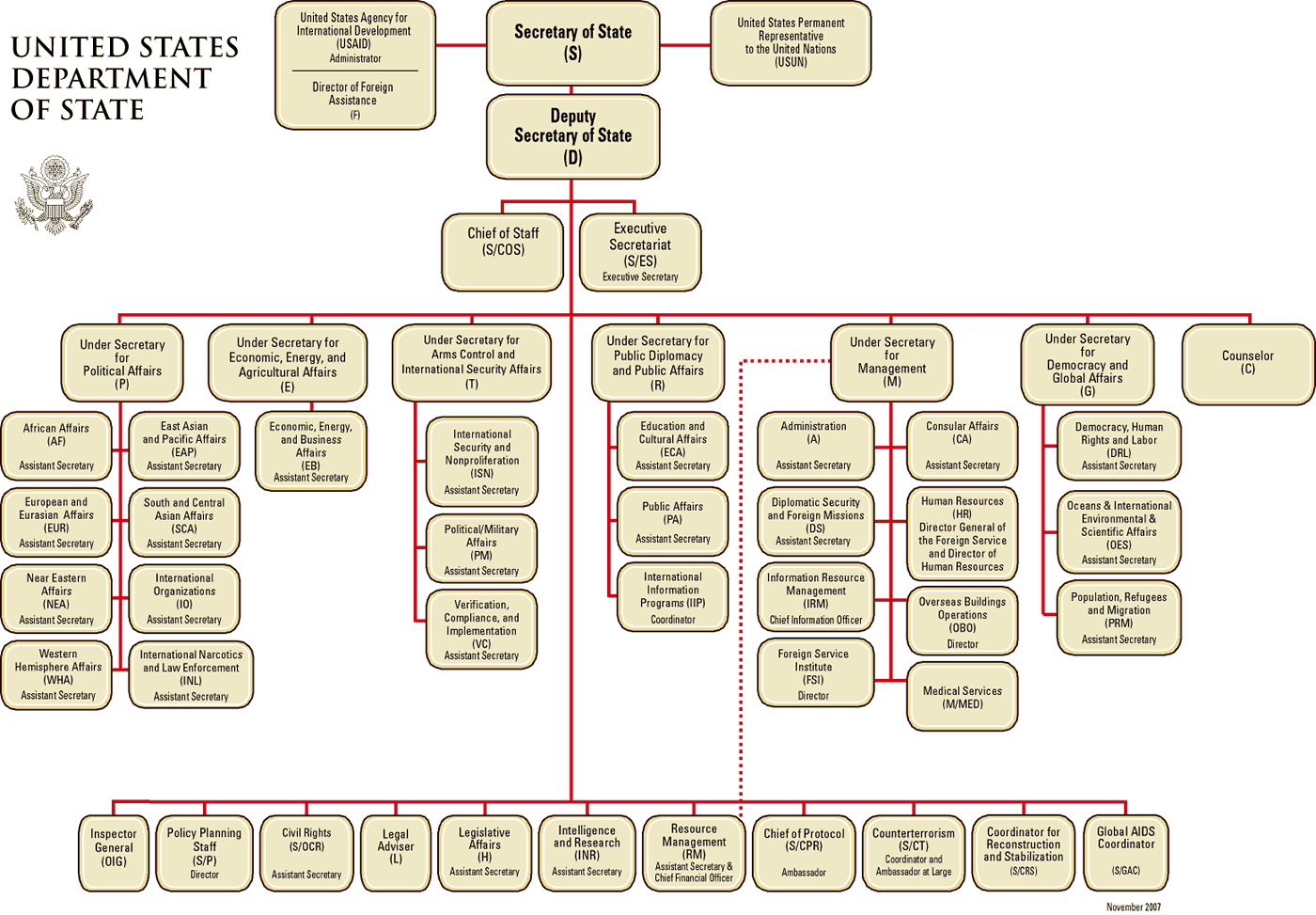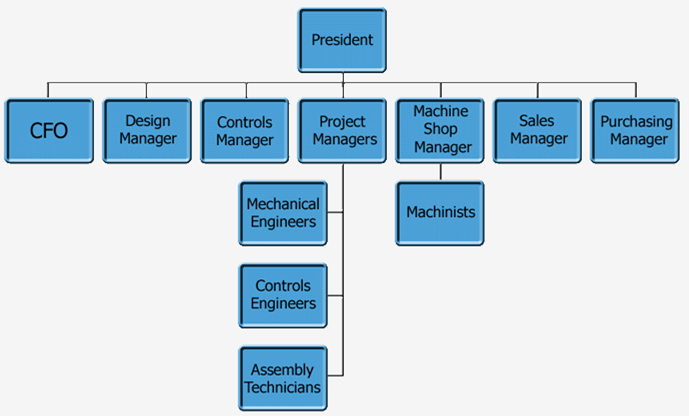As entrepreneurs, it is tempting to make our companies “look” bigger than they actually are through the use of multiple layers of management. But too many management layers means longer decision making time and can actually cause you to lose business.
The non-verbal cues of your company’s organization chart send the strongest messages. Having one that projects the wrong message is just as bad as not having one in place at all.
Believe it or not, your company’s organization chart can communicate:
- How long it takes to make a decision,
- Operational scope, maturity and scalability,
- Amount of overhead (which directly affects end cost to your client), and
- Company culture (bureaucracy vs. flat, team approach)
Now, take a look at your company’s organization chart.
What Does Your Organization Chart Say About the Way You Do Business?

Click here for tips on creating an organizational chart for your small business.
I worked with a client once who had a parent company with five subsidiaries. Although only two of the five subsidiaries were actually operational, her organizational chart did not reflect that. What it did show was a top heavy company with three layers of management. After losing multiple sub-contractor bids ($350,000 total), she eventually learned from a prime contractor that, on paper, her business did not “appear” to be as small as she verbalized. By flattening her company and showing the proper balance of managers, employees, and independent contractors she was able to convince prime contractors of her sub-contractor eligibility.

Remember, customers (whether they are individuals, mom-and-pop entities, government, or large corporations) want to know that it is easy to do business with you. Over the years, I’ve heard many government and large, publicly-traded company Buyers indicate that a huge part of what makes small businesses attractive as vendors is their lean structure which allows for quick decision making along with flexibility and adaptability.
Don’t ruin your chances of getting big business by projecting the wrong image.











